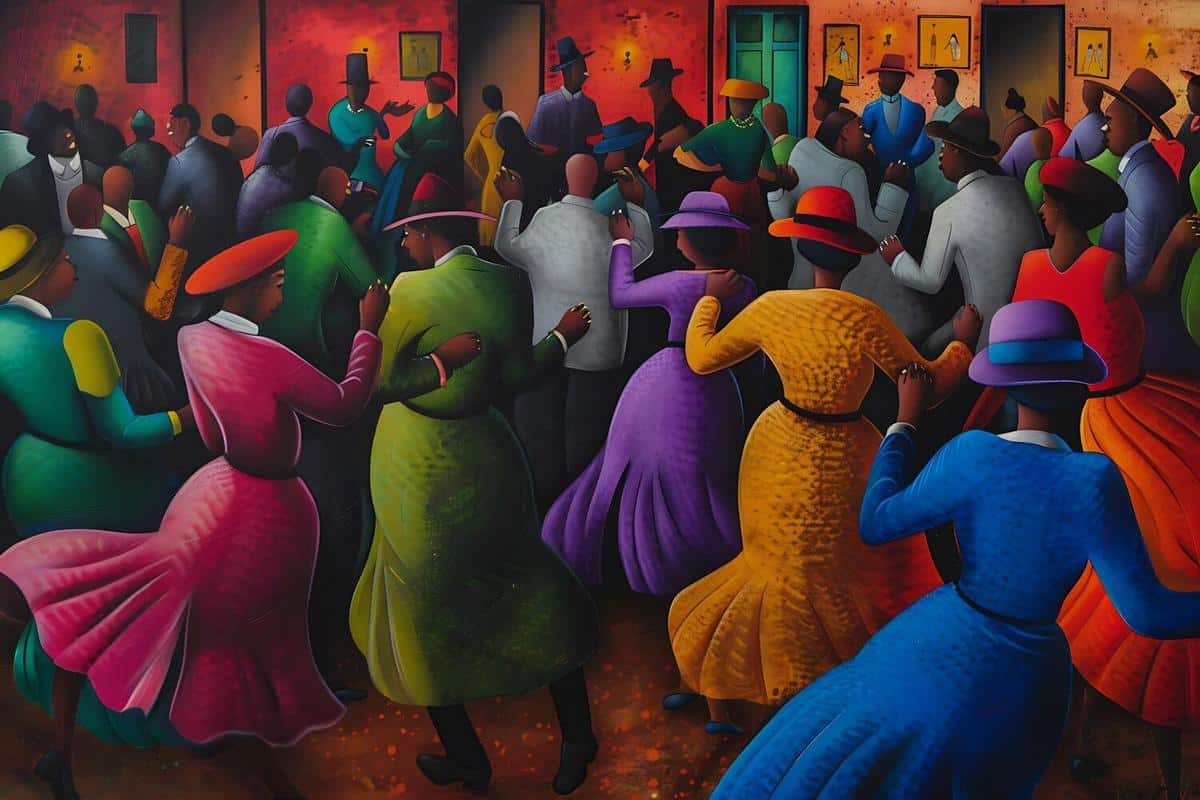
Exploring Diversity and Inclusion in the Performing Arts
Diversity and inclusion are transforming the landscape of performing arts, creating a rich tapestry of voices and stories that resonate with audiences worldwide. As the industry evolves, these elements are becoming more integral, fostering creativity and innovation on stage and behind the scenes.
As society continues to embrace diversity and inclusion, the performing arts sector is increasingly reflecting this shift. This movement is not only enriching artistic expression but also helping to dismantle long-standing barriers. According to a study by the Americans for the Arts, organizations that prioritize diversity are more likely to report increased audience engagement and community support.
The Importance of Diversity in Performing Arts
Diversity in the performing arts encompasses a wide range of elements, including race, gender, age, ability, and socio-economic status. It allows for a broader spectrum of stories and experiences to be shared, making the arts more relatable and accessible to diverse audiences. Renowned choreographer Alvin Ailey emphasized, ‘Dance is for everybody. I believe that the dance came from the people and that it should always be delivered back to the people.’
Statistics Highlighting Diversity
Recent data from the Broadway League reveals that shows with diverse casts and creative teams tend to have longer runs and higher box office success. For instance, productions featuring diverse representation saw a 25% increase in ticket sales compared to those with less diverse casts.
| Aspect | Statistics |
|---|---|
| Diverse Casts | 25% increase in ticket sales |
| Audience Engagement | Higher interaction and attendance |
| Community Support | Enhanced funding and sponsorship |
| Creative Innovation | Increased variety of storytelling |
Expert Opinions
Prominent figures in the arts are advocating for greater inclusion. Jamie Patterson, a celebrated theater director, notes, ‘Inclusion in the arts is not just about representation; it’s about creating a space where different voices are heard and valued.’
Personal Stories
Actor and playwright Darnell Jackson shared his journey of navigating the industry as a minority, emphasizing the support he received from inclusive theaters that welcome diverse narratives. His experiences reflect the growing acceptance and celebration of varied backgrounds in performing arts.
Actionable Steps for Promoting Inclusivity
- Encourage diverse casting by holding open auditions.
- Implement mentorship programs for underrepresented artists.
- Promote cultural exchange programs within arts organizations.
Consider partnering with local community groups to identify talent and stories that resonate with diverse audiences. This not only enhances representation but also strengthens community ties.
FAQ
How can theaters become more inclusive?
Theaters can become more inclusive by adopting policies that promote diversity, such as inclusive casting and creating a welcoming environment for all audiences.
Why is diversity important in performing arts?
Diversity ensures a wide range of stories and perspectives are shared, making the arts more relatable and enriching the cultural experience for everyone.
Conclusion
Diversity and inclusion in the performing arts are not just trends; they are essential components for the growth and sustainability of the industry. By embracing these values, the arts can continue to inspire and connect people across the globe. As audiences demand more authentic and varied stories, the call for inclusive practices becomes ever more critical. Encourage your local theaters and arts organizations to adopt these practices, ensuring that the performing arts remain a vibrant and inclusive space for all.